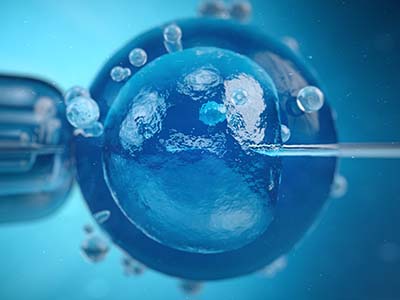Today, Regenerative Medicine therapy is being used to help patients find a non-surgical way of recovery. Essentially, we are tapping into the patient’s healing system to promote self-healing. Regenerative Medicine therapy is not a form of an anti-inflammatory or a narcotic. It is from your body, and we are using your own system to heal itself. Regenerative Medicine Therapy is the process of injecting regenerative medicines into an area in the body to improve an injury, disease, or condition. We produce Regenerative Medicine from a patient’s fat tissues, bone marrow or with amniotic regenerative medicines. Our forms of regenerative medicine therapy are the most medically accepted Regenerative Medicine procedure. Thorough research has identified a large number of the diseases and medical conditions that can be helped with Regenerative Medicine therapy. However, further research is continually being conducted in search of other conditions and diseases that can also be helped with Regenerative Medicine therapy.

Regenerative Medicine Injection Therapy
PAIN FREE
Non-Surgical &
Non-Invasive
SAFE
No Increased Chance of
Stroke or Heart Attack
SUCCESSFULL
Patients Have Better
Functional Scores
BETTER
73% Patients Return to
Sports with Less Pain
How Does It Work?
Because fat tissues, bone marrow cells or amniotic tissue cells have yet to become a specialized cell in the body that contribute to a specific body parts or tissues, our doctors able to extract the cells and relocate them to promote natural healing in damaged areas. Obtaining the cells is a procedure that involves pulling the cells from fat tissues, from bone marrow or from amniotic tissue. Before we begin extracting the cells, our doctors will completely numb the area, so patient’s may only feel a bit of pressure in the area of extraction. A mature cell can help improve damaged cells and even become other cells, which is known as differentiation. These cells sustain their positions in the body to respond when repair is needed. However, as the body continues to age, it does not produce as many of these cells as needed to fully repair the damaged area. This is when Regenerative Medicine therapy is especially effective. After the cells are extracted, they are concentrated down to increase their healing ability, so when they are reintroduced into the body, the concentrated cells begin repairing damaged cells immediately. The idea here is to promote natural healing in the body by using its own cells to increase a regenerative response. Regenerative Medicine therapy then becomes a beautiful and natural alternative for various injuries and medical conditions.
What Conditions Does Regenerative Medicine Therapy Help
Regenerative Medicine therapy plays a key role in the process of bone, wound, and tissue healing. The use of Regenerative Medicines, which may consist of a portion of the patient’s own body having been concentrated more than normal, can be applied to various musculoskeletal problems to promote healing of injured bones, tendons, ligaments, cartilage, muscles, and joints. Some of the more popular uses for Regenerative Medicine therapy are to help with knee and back injuries where chronic pain has developed into arthritis or tendonitis. Typically, arthroscopic surgery or joint replacement are the solutions for most joint and back injuries, but we can provide you with the same result without the possibility of immobility or significant loss of function.
Regenerative Medicine therapy is different from Platelet-Rich Plasma (PRP) because cells are not yet plasma. Where PRP utilizes the platelets in the blood to increase growth factors in tissues and affected joints, Regenerative Medicine therapy manipulates the cells before they can become part of an environment, making the cells more diverse to adapt and begin healing different injuries, conditions, and diseases that cannot be improved with PRP.
